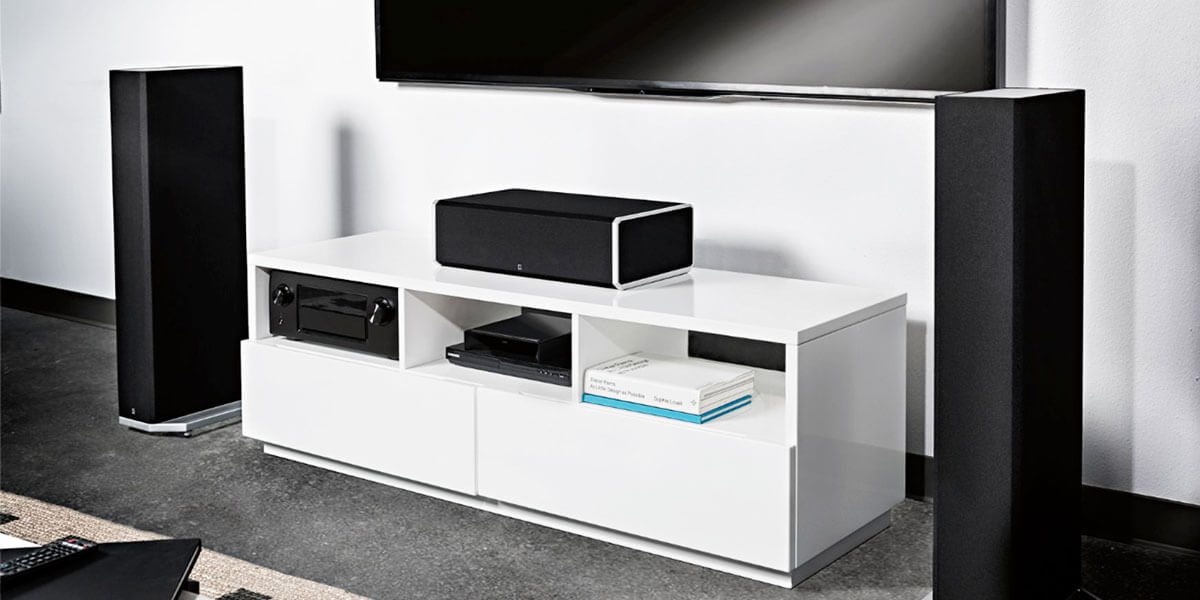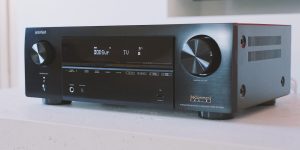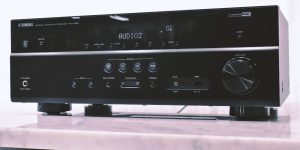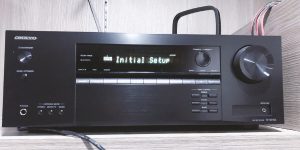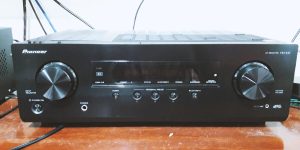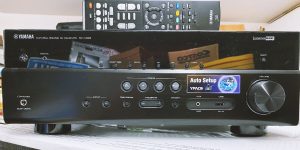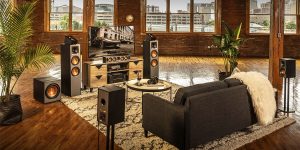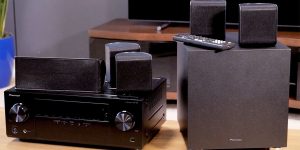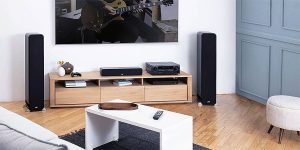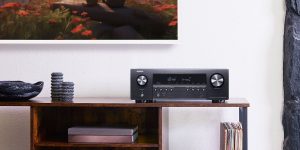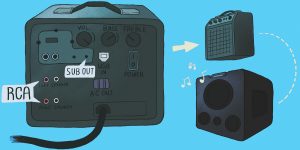In the search for the perfect audiovisual experience, you don’t just buy the most expensive components (receiver, TV, speakers, etc.). You need to understand how to combine and customize them seamlessly. In addition, you need to understand the technical specifications and what the power is (one of the most important characteristics).
From watts per channel to impedance considerations, this guide is your gateway to the language of power, which is not just about quantity but the nuanced quality that transforms sound into an immersive symphony. I will try to explain and navigate through watts, decibels, and frequencies to empower you in making decisions regarding certain equipment.
Watts per channel
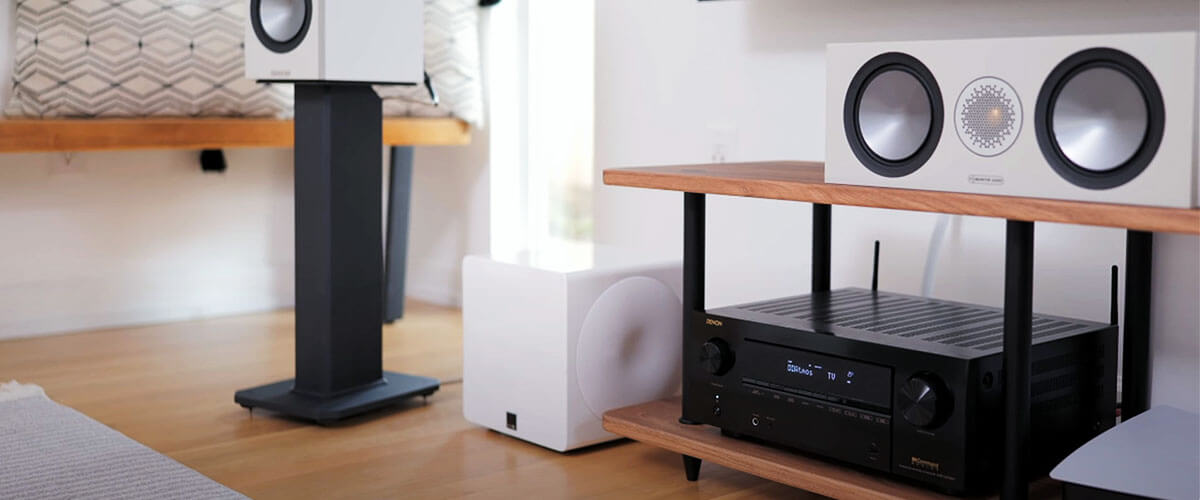
AV receiver and amplifier ratings of power are commonly expressed in watts per channel (WPC). This metric quantifies the amount of electrical power the device can deliver to each channel or speaker connected to it. A specification like “100W per channel” signifies that each channel can output up to 100 watts of power. For systems with multiple channels (e.g., 5.1 or 7.2 configurations), the total power output is the sum of the watts per channel. For instance, a 5.1 system with 100W per channel has a total power output of 500 watts.
Higher watts per channel generally result in greater loudness capabilities. This is important for larger rooms or if you prefer to listen at higher volumes without distortion. Watts per channel affect dynamic range, which is the difference between the softest and loudest sounds. Higher receiver wattage allows for a wider dynamic range, reproducing both subtle nuances and intense peaks in the audio.
Continuous power
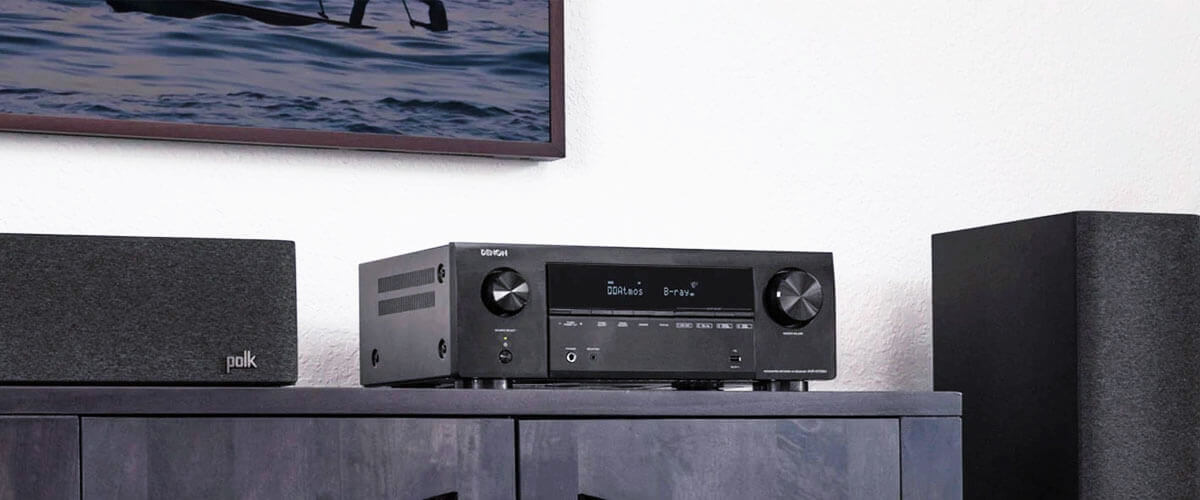
Continuous power, often referred to as RMS, is a measure of the sustained electrical power that an AV receiver or amplifier can consistently deliver to connected speakers over an extended period. It represents the average power output during normal, continuous operation without significant distortion.
Continuous power ensures that the amplifier can deliver a steady and reliable power output without overheating or experiencing performance degradation. Devices operating below their continuous power capacity are less likely to introduce distortion, guaranteeing that the reproduced audio remains faithful to the original source.
While continuous power represents average performance, it also influences the ability of the amplifier to handle dynamic peaks in the audio signal. A robust continuous receiver power rating allows the unit to respond effectively to sudden increases in volume or intense musical passages without clipping.
In systems with complex audio scenes, such as home theater setups, continuous power becomes essential. It allows the receiver to fulfill the demands of multi-channel audio, providing stability and clarity during intense sound sequences.
Impedance
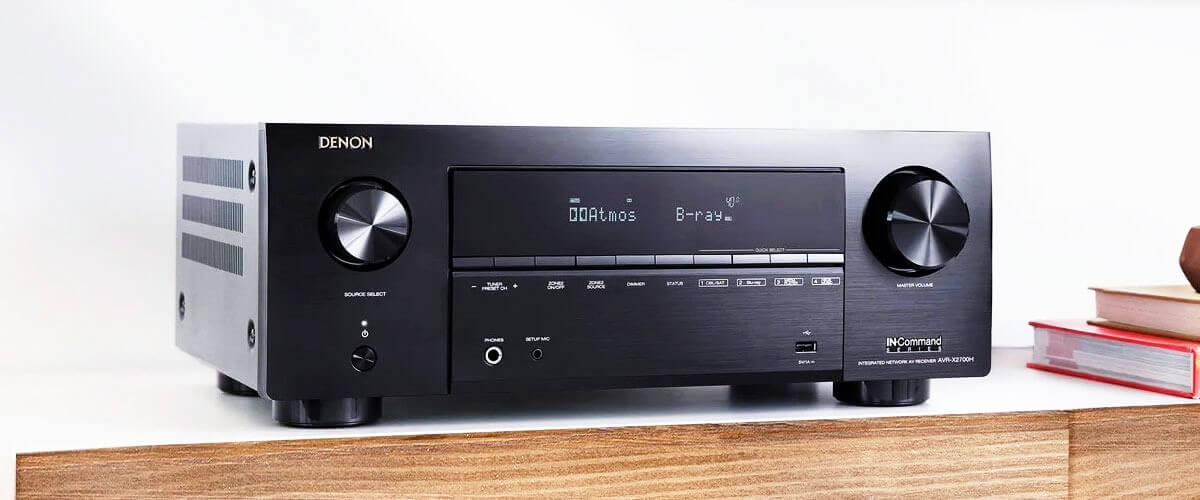
Impedance is the opposition that an electrical circuit presents to the flow of alternating current (AC). It is measured in ohms and encompasses both resistance and reactance. In the context of AV receivers and amplifiers, it’s a major factor in determining how correctly the device can deliver power to connected speakers.
Impedance matching between the AVR or amplifier and the speakers is vital. Mismatching can result in inefficient power transfer, potentially affecting the performance of both the amplifier and speakers. If the speaker impedance is too low for the amplifier, it may draw excessive current, causing it to overheat and potentially leading to damage.
When impedances are matched, more power is effectively delivered, optimizing the overall performance of the audio system. The nominal impedance of the speakers should match the recommended or specified impedance range of the amplifier. For example, if the unit is rated for 8 ohms, use speakers with a nominal impedance close to 8 ohms. In multi-channel systems, you also should consider the total impedance of the speaker configuration aligns with the amplifier’s specifications.
Channels

Understanding the channeling of receivers is paramount when building a home audio system, as it directly influences the immersive quality of your audio experience. Whether you heard or not, AV receivers come in two main categories: multi-channel and stereo.
Multi-channel equipment supports various speaker configurations like 5.1, 7.1, or 9.2. The first number indicates the main speakers, while the second represents the subwoofers. For instance, a 5.1 system includes five main speakers and one subwoofer.
Stereo receivers are designed for two-channel audio, typically left and right speakers. While they lack the surround sound capabilities of multi-channel systems, stereo devices excel in delivering high-fidelity audio. They are perfect for stereo music listening in settings where a multi-channel setup might be unnecessary.
Power rating for 2-channel drive
Basically, this is the power that is available when used in stereo mode (2 channels only). When you use it for surround sound, the available power per channel may be less than this if the power supply cannot provide enough current. There’s no need to worry about the all-channels-driven condition because that will never happen in the real world.
Total harmonic distortion (THD)

THD is a measure of the harmonic content present in a signal compared to its fundamental frequency. It quantifies the extent to which a device introduces additional harmonic frequencies that were not present in the original audio signal. It contributes to the presence of unwanted noise and artifacts in the audio signal. As distortion levels rise, you may notice the introduction of hissing, buzzing, or other unwanted sounds that were not part of the original recording. The goal of any audio system is to faithfully reproduce the source material. High THD compromises this fidelity, causing the reproduced sound to deviate from the original recording. This can be particularly noticeable in critical listening environments. If you see the THD is greater than 1.0% or not stated at all, that is an absolute red flag.
THD is relevant in both amplifiers and speakers. An amplifier with low THD ensures that the signal it amplifies remains faithful to the source. Similarly, speakers with low distortion contribute to a cleaner and more accurate reproduction of the amplified signal.
Signal-to-noise ratio (S/N)
S/N ratio quantifies the level of a desired signal (such as music or speech) relative to the background noise level in an audio or electronic system. It is expressed in decibels (dB) and is another important indicator of the quality and clarity of a signal. A higher S/N ratio gives a better-quality signal with less audible interference from noise. It ensures that the intended audio signal is more prominent, making the music or speech clearer and more enjoyable. The greater S/N ratio helps minimize the impact of background noise, ensuring that the audio system delivers a clean and faithful representation of the original signal.
Frequency range
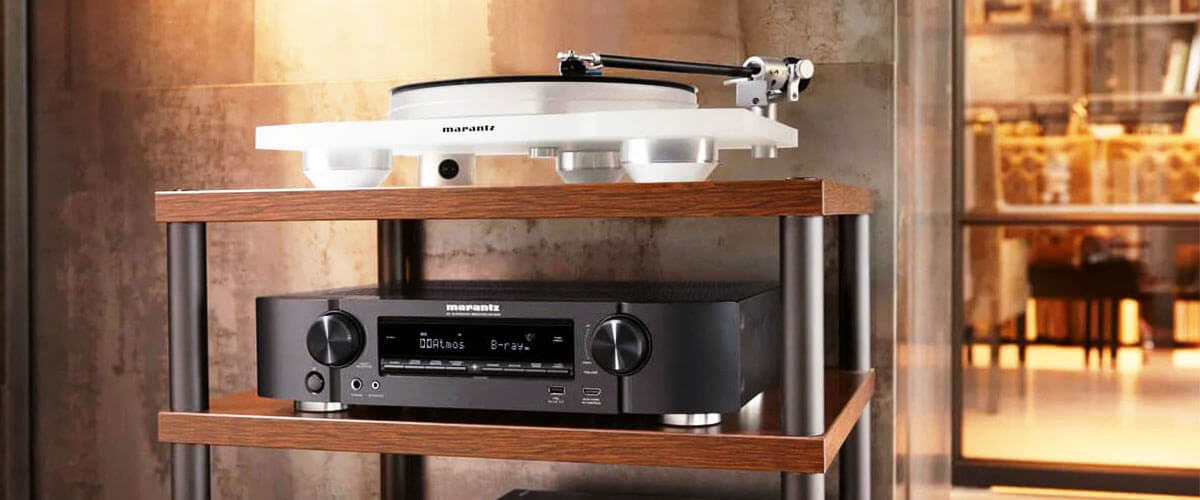
When comparing receivers, it’s essential to look for specifications that detail the frequency response, often expressed as a range (e.g., 20Hz – 20kHz). A unit with a broad frequency range can accurately reproduce a great variety of musical and audio content. This is necessary for faithfully representing the original recording, whether deep bass notes, midrange vocals, or high-frequency instruments.
Music and movies often include a diverse array of sounds across the frequency spectrum. A receiver with a wide frequency response ensures that you experience the full richness of soundtracks, musical compositions, and special effects. The frequency range of the amplifier should align with the capabilities of your speakers. If they can reproduce a spectrum of frequencies, you’ll want a device that complements and supports this capability.
Conclusion
Let’s summarize, at first glance, not very simply described things. The most important thing when choosing between different amplifiers is to compare the same measurements and indicators (rated power with rated power, peak power with peak power). The highest receiver power output does not mean that it is the greatest device out there. You have to take into account other factors such as THD, S/N ratio, etc. Having the most powerful equipment to enjoy audio content is not always required. Before reading this article, many of you have struggled with the question: how many watts per channel do I need? I can guarantee that a receiver with a power of 50 – 80 watts/channel for a small room is perfect.
I’d also recommend looking for an amplifier and compatible speakers to experience the optimal sound experience at home. When choosing such a unit, rely on the sound you hear within your room or store rather than the specs numbers on paper.

